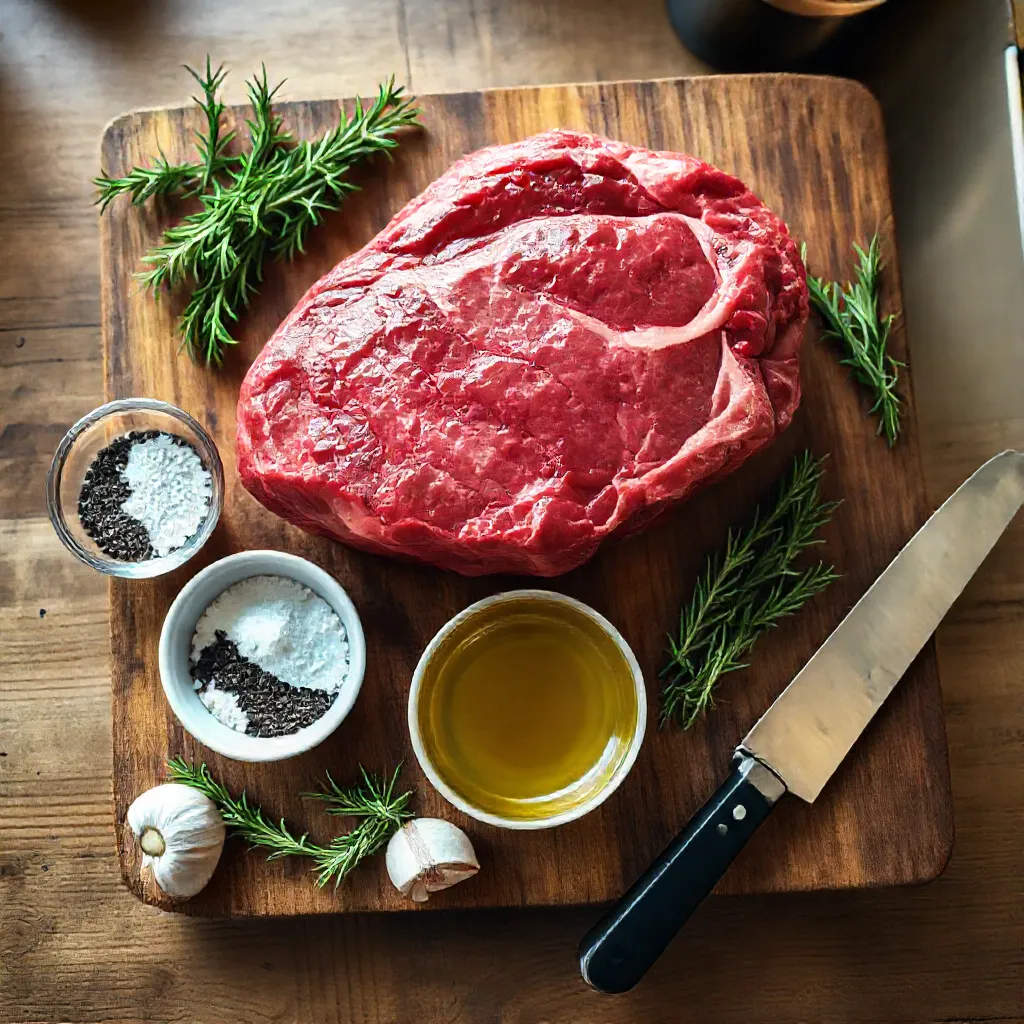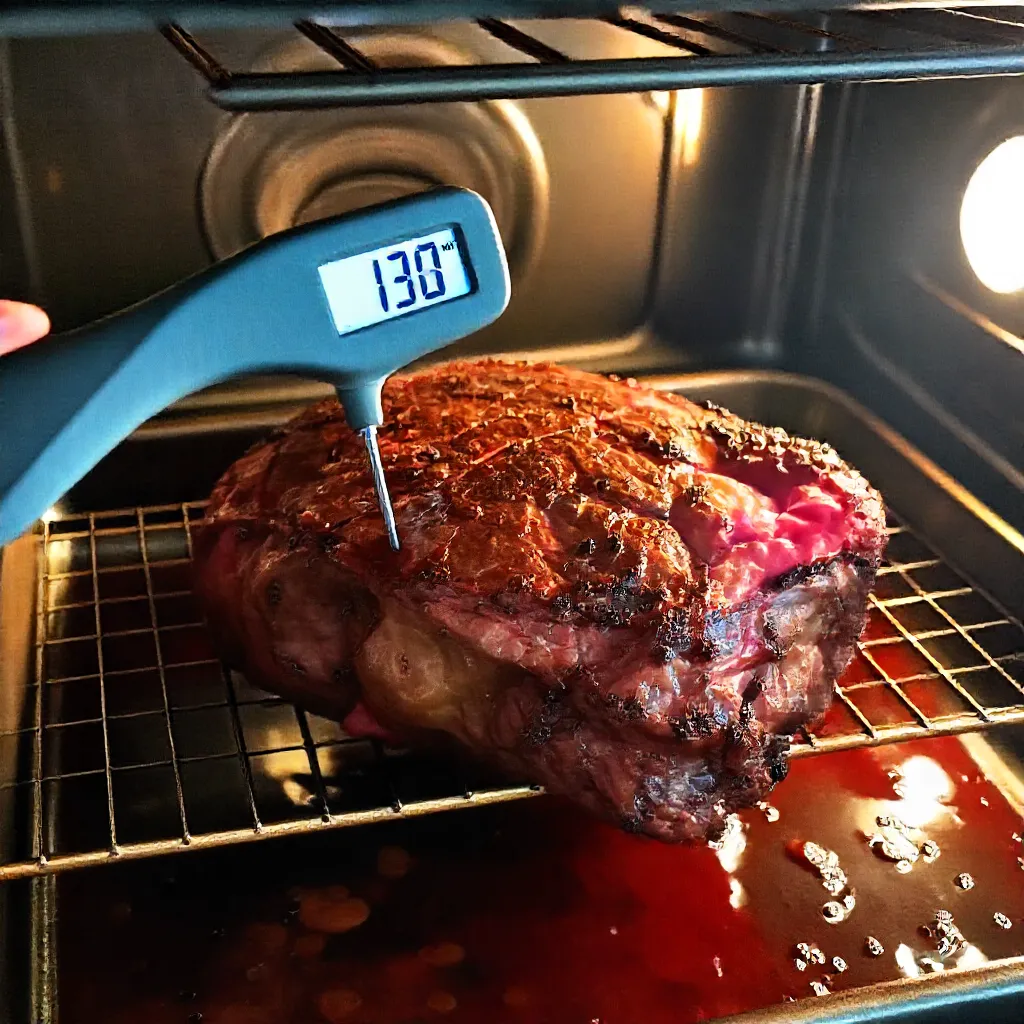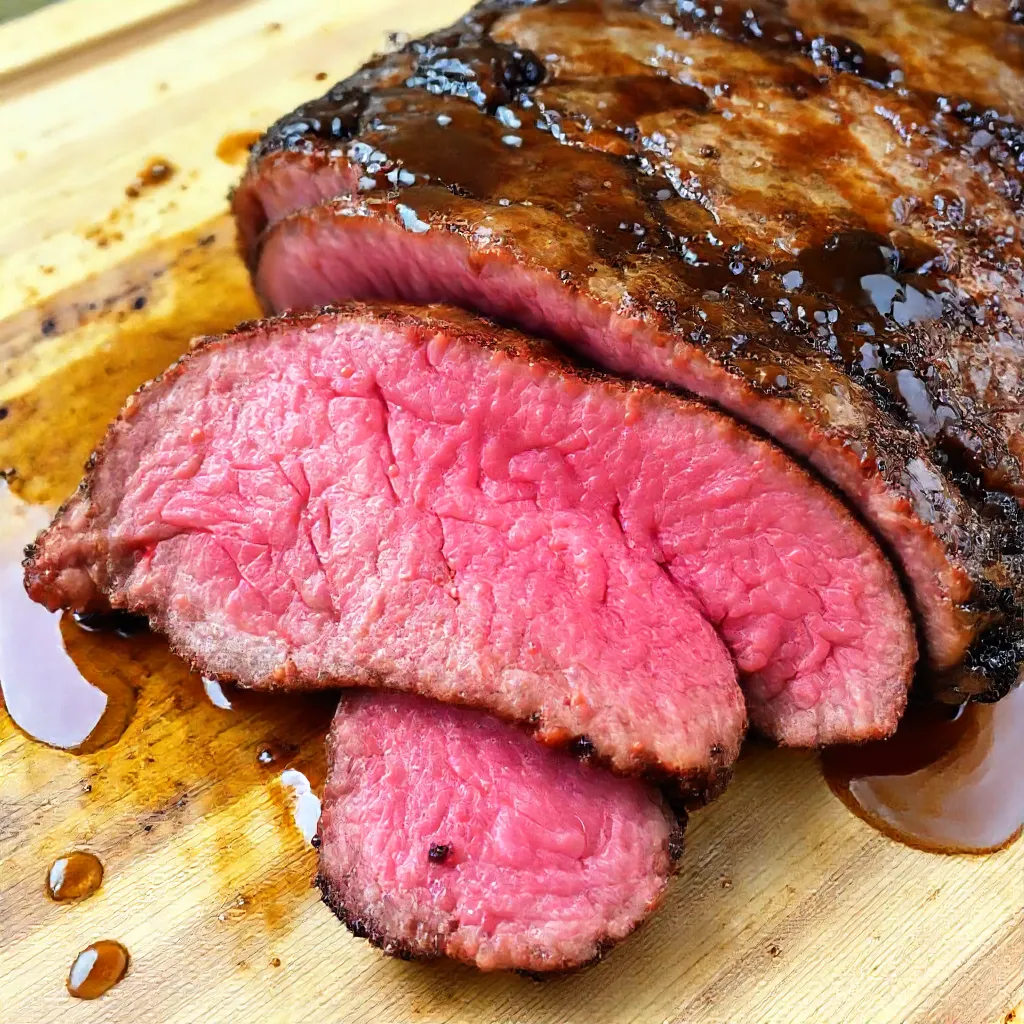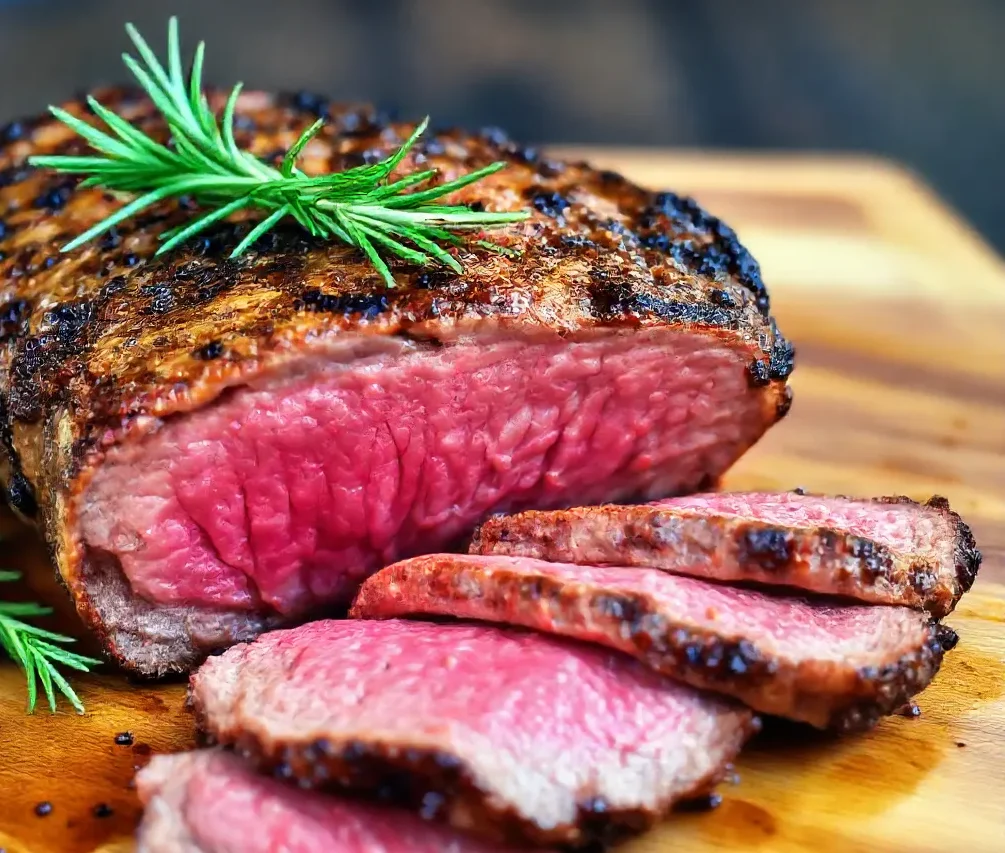A ribeye roast is one of the most flavorful and tender cuts of beef, making it a perfect choice for special occasions or a delicious family dinner. With its rich marbling and robust taste, cooking a ribeye roast to perfection requires the right technique, seasoning, and temperature control.
This comprehensive guide will walk you through selecting the best cut, seasoning it properly, roasting it to perfection, and serving it in a way that will impress your guests.
1: Why This Ribeye Roast Recipe is a Must-Try
1. What Makes Ribeye Roast Special?
A ribeye roast comes from the rib section of the cow, specifically from ribs 6 to 12. It’s one of the most sought-after cuts of beef due to its abundant marbling, which ensures:
Juiciness & Tenderness – Fat melts during cooking, keeping the meat moist.
Rich, Buttery Flavor – The marbling adds depth and complexity.
Perfect Texture – When cooked properly, it’s fork-tender and melt-in-your-mouth delicious.
Great for Special Occasions – Its impressive appearance makes it ideal for holidays and celebrations.
2. Ribeye Roast vs. Prime Rib: What’s the Difference?
Many people confuse ribeye roast with prime rib, but here’s how they differ:
| Feature | Ribeye Roast | Prime Rib |
|---|---|---|
| Bone-In or Boneless? | Usually boneless | Usually bone-in |
| Cooking Method | Roasted whole | Slow-roasted for extra tenderness |
| Flavor | Intense beefy flavor | Slightly more tender due to bones |
| Presentation | Easier to slice and serve | Often served as a whole roast |
While prime rib includes the bone for extra moisture, a ribeye roast is usually boneless, making it easier to cook and slice.
2: Choosing the Best Ribeye Roast
1. Bone-In vs. Boneless
- Bone-In: Provides extra moisture and flavor but takes longer to cook.
- Boneless: Easier to handle, slice, and cooks more evenly.
2. Selecting the Right Grade of Beef
- USDA Prime: Highest level of marbling, ideal for the most tender and flavorful roast.
- USDA Choice: Great balance of quality and affordability.
- USDA Select: Leaner but still delicious if cooked properly.
3. How Much to Buy?
- ½ to ¾ pound per person for boneless.
- ¾ to 1 pound per person for bone-in.
3: Ingredients for the Perfect Ribeye Roast

| Ingredient | Quantity |
|---|---|
| Ribeye Roast | 4-6 lbs |
| Kosher Salt | 2 tbsp |
| Black Pepper | 1 tbsp |
| Garlic Powder | 1 tsp |
| Fresh Rosemary | 1 tbsp |
| Olive Oil or Butter | 2 tbsp |
| Garlic Cloves (minced) | 3 cloves |
| Thyme (optional) | 1 tbsp |
4: Step-by-Step Cooking Instructio
Step 1: Preparing the Roast
Bring to Room Temperature – Remove the roast from the fridge 1 hour before cooking.
Pat Dry – Use paper towels to remove excess moisture.
Season Generously – Coat with olive oil, salt, pepper, garlic powder, rosemary, and thyme.
Step 2: Preheat the Oven
- Set oven to 450°F (232°C) to sear the roast and lock in juices.
Step 3: Roasting the Ribeye
Sear for 15-20 minutes at 450°F.
Reduce heat to 325°F (163°C) and continue roasting.
Cooking Time Guide
| Doneness | Internal Temp (°F) | Cook Time (Per Pound) |
|---|---|---|
| Rare | 120-125°F | 15-18 min |
| Medium Rare | 130-135°F | 18-20 min |
| Medium | 140-145°F | 20-22 min |
| Medium Well | 150-155°F | 22-25 min |
| Well Done | 160°F+ | 25+ min |
Pro Tip: Always use a meat thermometer to check doneness accurately.
Step 4: Resting the Meat

- Remove the roast when it’s 5°F below the target temperature.
- Tent with foil and let it rest for 15-20 minutes to keep juices inside.
Step 5: Carving & Serving
- Slice against the grain for the most tender bites.
- Serve with mashed potatoes, roasted vegetables, or horseradish sauce.
5: Common Mistakes to Avoid

🚫 Skipping the Resting Step – Leads to dry meat.
🚫 Not Using a Meat Thermometer – Risk of undercooked or overcooked meat.
🚫 Slicing Too Soon – Juices will run out, making it dry.
🚫 Underseasoning – Ribeye needs a bold rub for full flavor.
6: Best Side Dishes for Ribeye Roast

Garlic Mashed Potatoes – Creamy and buttery.
Roasted Brussels Sprouts – Crispy and caramelized.
Red Wine Reduction Sauce – Enhances the beefy flavor.
Homemade Dinner Rolls – Perfect for soaking up juices.
7: FAQs (Frequently Asked Questions)
1. Should I marinate my ribeye roast?
No, dry seasoning is enough due to the natural marbling.
2. How do I store leftovers?
Store in an airtight container in the fridge for 4 days, or freeze for 3 months.
3. How do I reheat it without drying it out?
Reheat at 275°F for 10-15 minutes with a bit of broth.
4. Can I cook this in a slow cooker?
Yes! Sear it first, then cook on LOW for 6-8 hours with broth and seasonings.
8: Conclusio
Cooking a ribeye roast is easier than you think! With proper seasoning, roasting technique, and resting, you’ll achieve a tender, flavorful roast every time.
Follow this Ribeye Roast Recipe to achieve a restaurant-quality disا
Try this ribeye roast recipe today and impress your guests!

